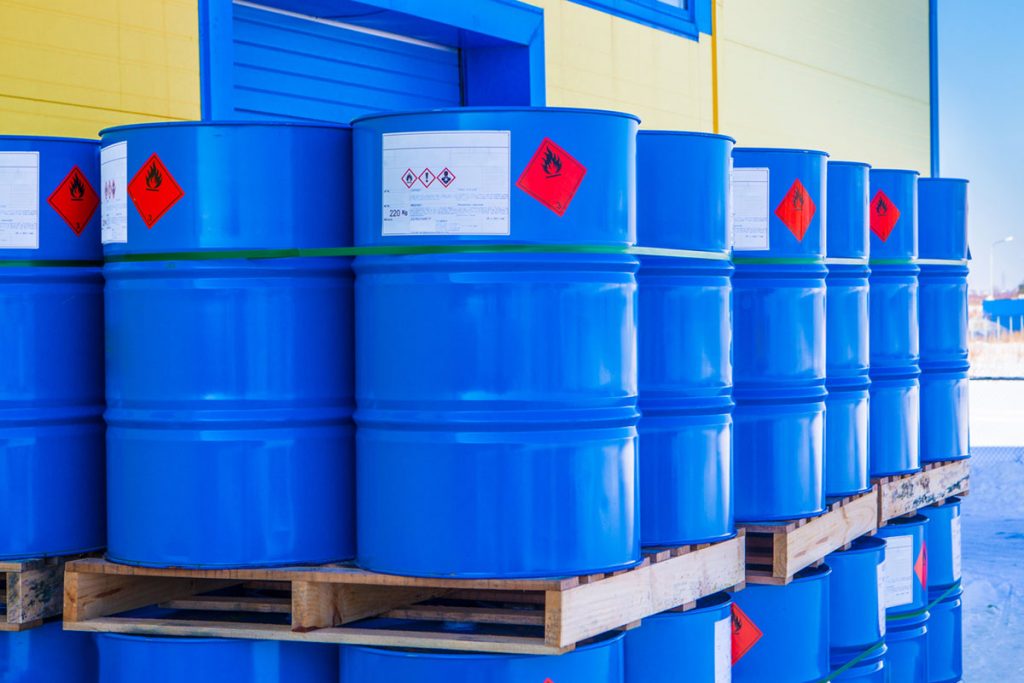The Invisible Threat: Unraveling the Harmful Impacts of Chemicals on Health and Environment

The world we live in today is a complex matrix of chemicals. From the food we eat, the air we breathe, to the products we use daily, chemicals are omnipresent. While they play a pivotal role in advancing technology and improving our quality of life, some chemicals can pose significant risks to our health and the environment. This article aims to delve into the question, How are chemicals harmful? and shed light on the multifaceted impacts of harmful chemicals.
Chemicals can be harmful in several ways, and their effects can be acute or chronic, direct or indirect. Acute effects are immediate, while chronic effects can take years or even decades to manifest. Direct effects occur when a chemical directly harms an organism, while indirect effects occur when a chemical alters the environment, affecting the organisms living within it.
One of the most significant ways chemicals can be harmful is through their impact on human health. Exposure to harmful chemicals can lead to a myriad of health issues, ranging from mild irritations and allergies to severe conditions like cancer, neurological disorders, and reproductive health problems. For instance, exposure to lead, a heavy metal, can cause cognitive impairments and developmental delays in children. Similarly, long-term exposure to asbestos can lead to lung diseases, including a specific type of cancer known as mesothelioma.
Chemicals can also pose a threat to the environment. They can contaminate soil, water, and air, disrupting ecosystems and harming wildlife. For example, pesticides used in agriculture can leach into groundwater, affecting aquatic life and potentially entering the human food chain. Moreover, some chemicals, like chlorofluorocarbons (CFCs), can deplete the ozone layer, leading to increased UV radiation reaching the earth's surface and causing skin cancers and cataracts in humans.
The harmful effects of chemicals are not just confined to those that are synthetically produced. Even naturally occurring chemicals can be harmful if they are present in high concentrations or in certain forms. For instance, arsenic, a naturally occurring element in the earth's crust, can contaminate groundwater and cause serious health problems when ingested.
The harmful impacts of chemicals are further compounded by their persistence and bioaccumulation. Some chemicals do not break down easily in the environment and can accumulate in organisms' tissues over time, leading to higher exposure levels. This is particularly concerning for chemicals that are endocrine disruptors, which can interfere with hormone systems and cause developmental, reproductive, neurological, and immune effects.
In conclusion, while chemicals are an integral part of our lives, it is crucial to understand their potential harmful effects. This understanding can guide us in making informed decisions about the chemicals we use and how we manage them. It can also inform policies and regulations aimed at minimizing the risks associated with chemical exposure, thereby protecting our health and the environment.






